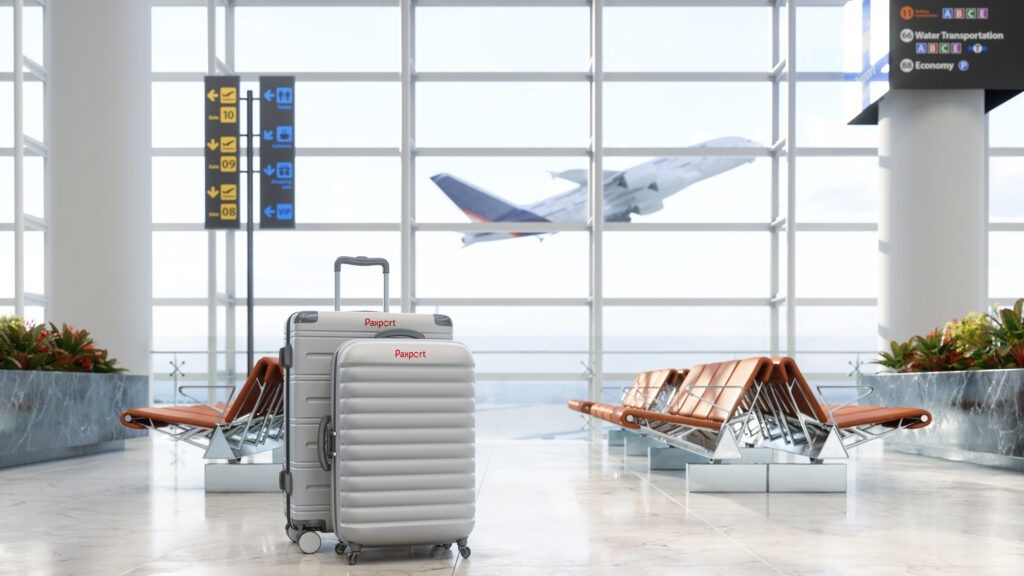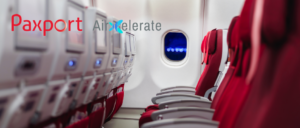It might come as a surprise to some, but Paxport Group’s distribution platform PaxFaB has made NDC content available to agents, operators and resellers for more than six years. Early 2017, we became one of the first tech suppliers – outside the GDSs – to be certified by Lufthansa Group as part of its NDC strategy.
Since then we’ve kept a close eye of NDC, building up our list of capability certifications with IATA covering the major NDC requirements across order, pay and shop.
Our take on NDC is based on the conversations we’ve had and our experience with airlines and resellers. We’ve heard the industry rhetoric, read the press releases about what NDC is capable of doing in the future (which gloss over the limitations of what it is capable of doing at the time. The over-enthusiastic promotion, by some airlines and some tech vendors, of something that was not ready put off many agents, operators and resellers.
Instead, many third-party sellers sat back and waited. As NDC matured slowly, eventually the mood shifted. For the past 18 months or, third-party sellers were thinking not if I should get into NDC, but when do I make the move, how can I minimise the disruption to my current working practices, who can I work with and what – in practical terms – can I do with this new NDC standard.
In many ways, sellers of airline content are still at the mercy of what the airlines want to do with NDC (and their long-term plans for legacy technology). The initial impetus for NDC – drive direct bookings, reduce third-party sales – has given way to a more balanced approach where selling seats through agents and operators is now seen by airlines as a good thing.
Airlines are now aware that if they want to sell seats through the trade then they also need to give the trade ways to service these bookings. But to be honest, from a Paxport perspective the NDC headwinds have never been about the difficulty selling seats – its about how can we configure our distribution platform so that agents and operators can service that seat booking once its been sold, and how can the platform add (and then service) any ancillaries or add-ons.
Servicing is vital for anyone wanting to sell full-service carriers, and, by extension, anyone looking to get into the corporate travel.
A distribution platform which has its roots in flight aggregation should not be overly focused on the schema and standards. A booking is a booking, and a distribution platform’s role is to normalise the process so that agents and tour operators can use the same workflow whether it’s channelled through EDIFACT, or XML, or JSON, or other schema in the market.
Normalisation is a core feature of our platform, and many PaxFaB users are already consuming content via the NDC API without realising it. This shows that NDC can be embedded into existing processes, with the benefits of NDC surfaced without additional direct and indirect costs.
As mentioned, NDC gives airlines control, so the benefits to resellers will vary according to what incentives the airline – lower fees, lower fares, more content to sell. Today, (most) airlines see agents more as a friend not a foe, so the benefits of adopting NDC will grow over time as more airlines offer it, more agents consume it, more travellers book through it, more revenue is generated.
But while we’re quite positive about NDC, it’s not the silver bullet that everyone thought it was. It is a standard, but its not consistent – look at what “Airline A” is offering through NDC compared with “Airline B”. And with many airlines using different versions of NDC, there are some technical issues which agents need to be aware of – or which the distribution platform used by the agent needs to be aware of.
Overall, our recommendation is that agents and operators can ignore yesterday’s hype and focus on today’s reality. NDC is nothing to be nervous about providing you have a partner who understands airlines and distribution and is already doing NDC.










